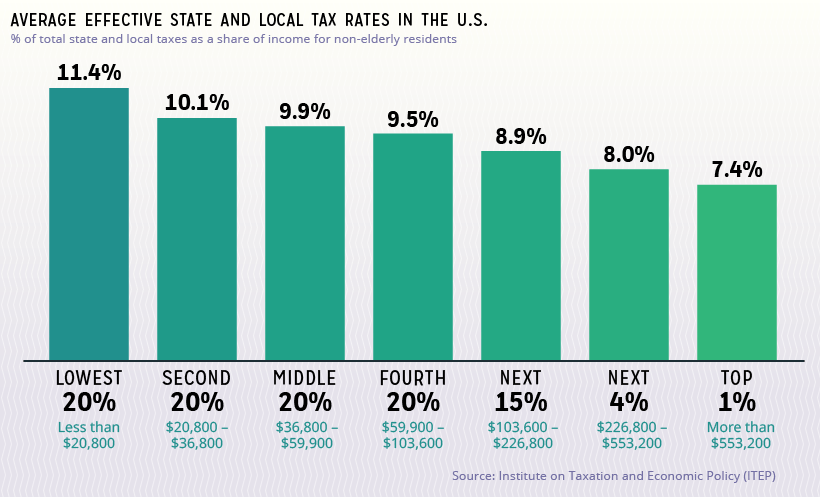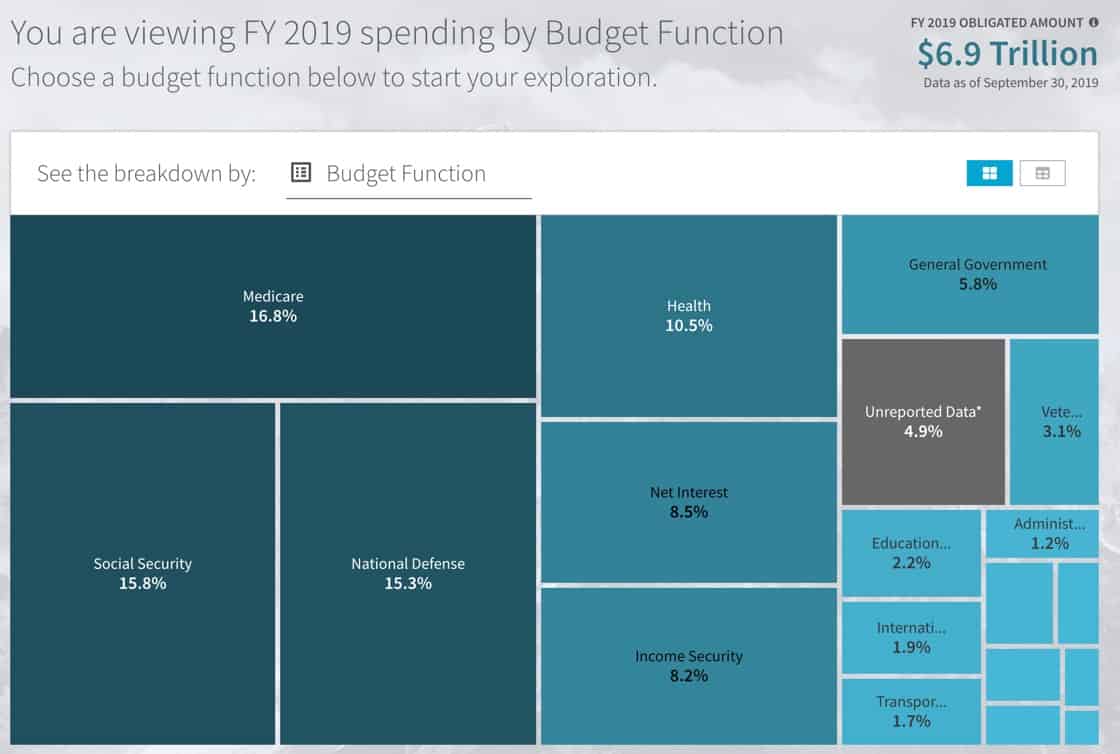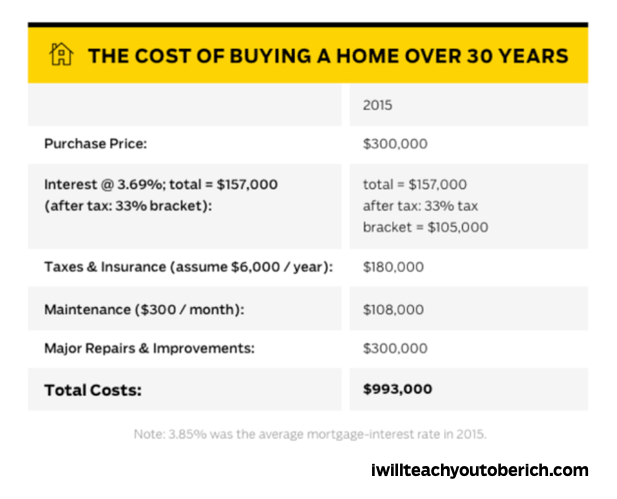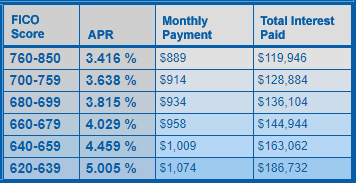Kids are expensive.
According to the most recent numbers from the USDA, it costs the average family between $12,350 and $13,900 every year to raise a child through age 17. That includes the cost of housing, childcare, education, transportation, health care, and clothing, and more.
In total, that’s over $222,000.
The kicker? That doesn’t include college. If your child goes to an out-of-state school, that could be several hundred thousand dollars alone.
You’re in luck.
The U.S. Tax Code helps you with some of these costs through tax credits.
Tax credits are more valuable than tax deductions. Since tax deductions reduce your taxable income, your actual tax savings depends on your tax bracket. Tax credits, on the other hand, are a dollar-for-dollar reduction in the amount you owe. Even better, some tax credits are refundable which means you can get money back over and above the tax you paid in through withholding or estimated payments
Here are a few tax credits parents need to be aware of.
Child Tax Credit
The child tax credit is worth up to $2,000 for each dependent child under the age of 17, lived with you for at least half the year, and has a Social Security number.
It’s not available to high-income taxpayers, though. The Child Tax Credit starts to phase out for single taxpayers once their modified adjusted gross income (MAGI) goes over $200,000. For married couples, the phase-out begins at a MAGI over $400,000.
For the Child Tax Credit, MAGI is essentially your AGI (Line 8b from Form 1040) with any foreign earned income that you were allowed to exclude from your taxable income added back to it.
The phase-out means, for each $1,000 of income above the threshold, your available Child Tax Credit is reduced by $50. The credit phases out entirely once your MAGI reaches $240,000 for single filers or $440,000 for married couples filing jointly. A worksheet in IRS Publication 972 can help you calculate your available credit.
If your available credit is more than your total tax liability, up to $1,400 of the credit is refundable. The refundable portion is also known as the Additional Child Tax Credit.
Credit for Other Dependents
If you have dependent children who don’t qualify for the Child Tax Credit, either because they are age 17 or older or don’t have a Social Security number, you may still be able to claim the Credit for Other Dependents.
This credit is worth up to $500 per eligible dependent, but it has the same MAGI limitations as the Child Tax Credit.
Child and Dependent Care Credit
The Child and Dependent Care Credit helps offset the cost of childcare while you work or actively look for work.
If you paid for care for one child, you use up to $3,000 of those expenses to calculate the credit. If you paid for the care of two or more children, you use up to $6,000 of expenses.
You calculate the credit by multiplying those expenses by a percentage. The percentage you use depends on your AGI. The maximum percentage of 35% is available only to people with an AGI of $15,000 or less. From there, the available percentage decreases as your AGI increases.
Fortunately, the credit never disappears entirely. Taxpayers with an AGI above $43,000 can still claim 20% of their eligible care expenses.
Because this credit helps working families, the IRS rules required you to have “earned income” to claim the credit. Earned income includes wages, salaries, tips, and earnings from self-employment. If your only income comes from retirement or disability benefits, unemployment compensation, or investment income, you won’t be able to claim the credit.
IRS Publication 503 provides more details on qualifying for and calculating the Child and Dependent Care Credit.
American Opportunity Tax Credit
The American Opportunity Tax Credit (AOTC) is worth up to $2,500 per child, per year for parents who pay for college expenses.
Like the Child Tax Credit, it’s a partially refundable credit, so if it brings you tax bill to zero, you can have up to $1,000 of the remaining credit refunded to you.
The AOTC is only available for the student’s first four years of post-secondary education, and the student must be enrolled at least half time.
To be eligible for the full American Opportunity Tax Credit, your MAGI must be $80,000 or less ($160,000 if married filing jointly). The credit phases out for single taxpayers with MAGIs between $80,000 and $90,000, and for married taxpayers with MAGIs between $160,000 and $180,000. No credit is available for parents with MAGIs above those upper limits.
Lifetime Learning Credit
The Lifetime Learning Credit is another tax credit available to parents who help cover the cost of their child’s college education, including tuition, fees, and required books and supplies. It’s worth up to $2,000 per return, but no part of the credit is refundable.
Unlike the AOTC, you can claim the Lifetime Learning Credit for an unlimited number of years, and the student doesn’t have to be working toward a degree program or enrolled at least half-time.
The Lifetime Learning Credit starts to phase out once your MAGI reaches $57,000 if single and $114,000 if married filing jointly. Once your MAGI exceeds $67,000 for single filers or $134,000 for married couples, the credit is not available.
You can read more about the AOTC and the Lifetime Learning Center in IRS Publication 970.
Adoption Credit
The Adoption Credit is worth up to $13,810 for expenses paid to adopt an eligible child. Eligible expenses include:
- Reasonable and necessary adoption fees
- Attorney fees and court costs
- Traveling expenses, including meals and lodging
- Other expenses directly related to adopting a child
The Adoption Credit is not refundable, but if it brings your tax liability to zero, you can carry forward any unused credit for up to five years.
You can only claim the Adoption Credit in the year you finalize the adoption of a qualifying child. So if you incurred expenses in 2019 but didn’t complete the adoption until 2020, you can use the expenses paid in 2019 to claim the Adoption Credit on your 2020 tax return.
The credit phases out for taxpayers with MAGIs between $207,140 and $247,140. Also, you cannot claim the adoption credit if you paid the expenses to adopt your spouse’s child.
Earned Income Tax Credit
The Earned Income Tax Credit (EITC) isn’t solely available to parents, but larger credits are available to taxpayers with children.
For 2019 tax returns, the maximum credit amounts are:
- $529 with no children
- $3,526 for one child
- $5,828 for two children
- $6,557 for three or more children
It’s also a refundable credit, so it can give you a refund if your available credit is larger than your tax liability.
The EITC is only available to working taxpayers. So, like the Child and Dependent Care Credit, you must have earned income to qualify.
This credit is also limited to low- and moderate-income taxpayers, so you must have AGI below the following amounts to claim the credit:
- $15,570 with no qualifying children ($21,370 if married filing jointly)
- $41,094 with one qualifying child ($46,884 if married filing jointly)
- $46,703 with two qualifying children ($52,493 if married filing jointly)
- $50,162 with three or more qualifying children ($55,952 if married filing jointly)
There are several rules for claiming the EITC. For example, everyone listed on your return must have a Social Security number, you cannot claim it if your filing status is married filing separately, and you can’t have $3,600 or more of investment income for the year.
If you’re not sure whether the EITC is available to you, the IRS has an EITC Assistant tool that can help you figure out whether you’re eligible for the credit and estimate the amount you can claim.
Premium Tax Credit
If your family doesn’t have access to employer-sponsored health insurance, you may be one of the millions of people who enrolled in coverage through the Health Insurance Marketplace.
The Premium Tax Credit is a refundable credit that helps individuals and families afford the insurance coverage purchased through the marketplace.
The credit is designed to limit the cost of health insurance coverage to between 2% and 9.6% of the family’s household income, depending on income level. So the amount you qualify for depends on your household income, the size of your household, the ages of the people in your family, and the county in which you live.
To qualify for the Premium Tax Credit, your household income must be no more than 400% of the federal poverty line for your family size. You can find the poverty guidelines for 2019 here.
When you enroll in a health insurance plan through the marketplace, the system will determine whether you qualify for an advance credit payment. Advanced payments are paid directly to the insurance company on your behalf to lower your out-of-pocket premiums. If you receive an advance payment of the Premium Tax Credit or plan to claim it on your tax return, you’ll have to file Form 8962 with your return.
Raising children is expensive, but the tax credits listed above can save you hundreds or even thousands of dollars on your tax return. That can go a long way in helping you financially support your home and family.
Child Tax Credits for 2020 is a post from: I Will Teach You To Be Rich.
from I Will Teach You To Be Rich https://ift.tt/38UUczz
#money #finance #investing #becomerich



